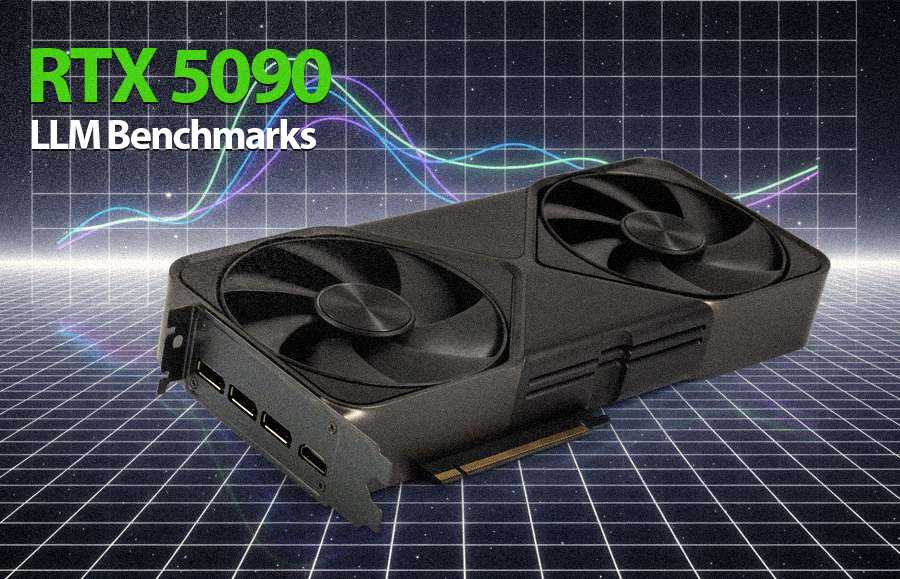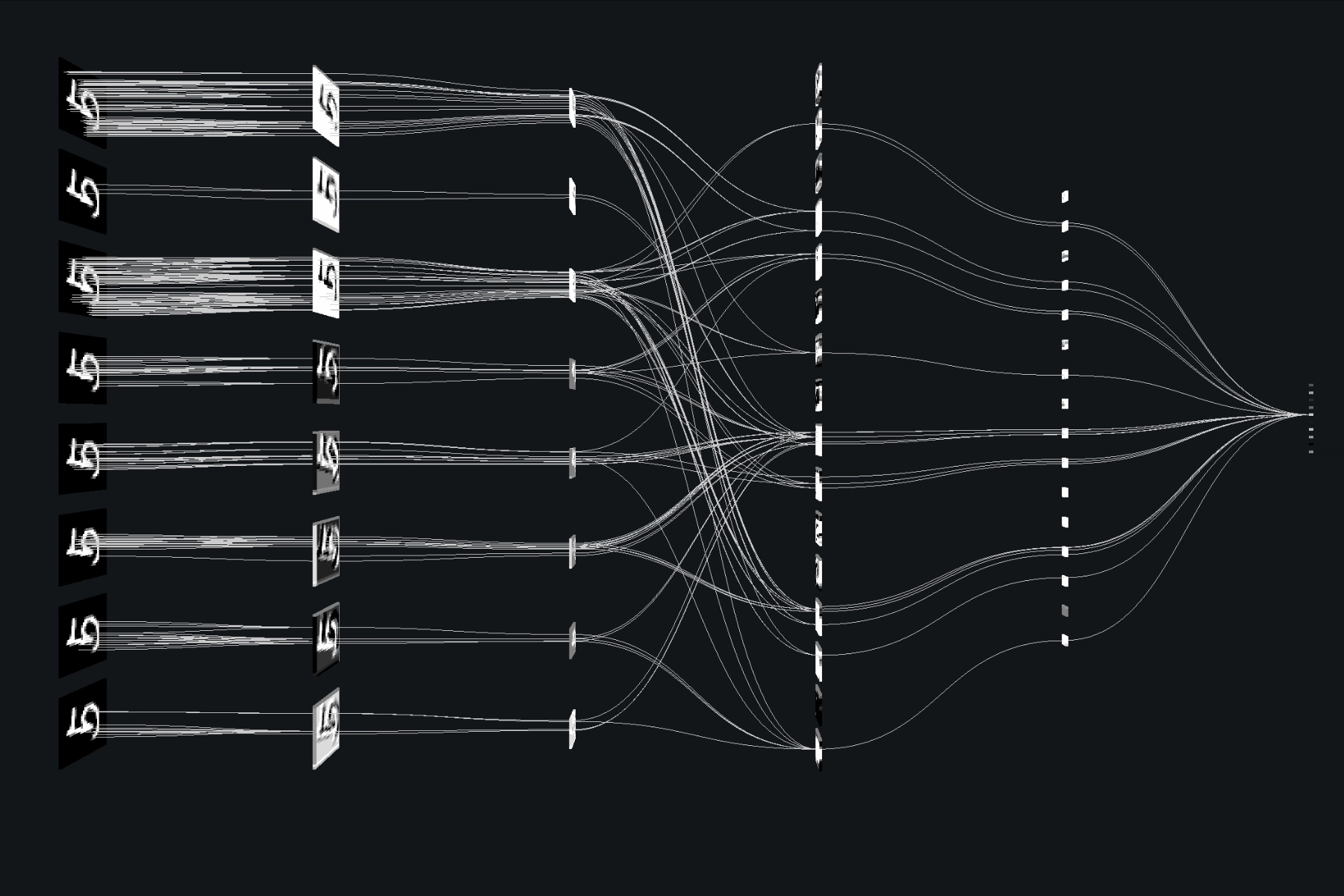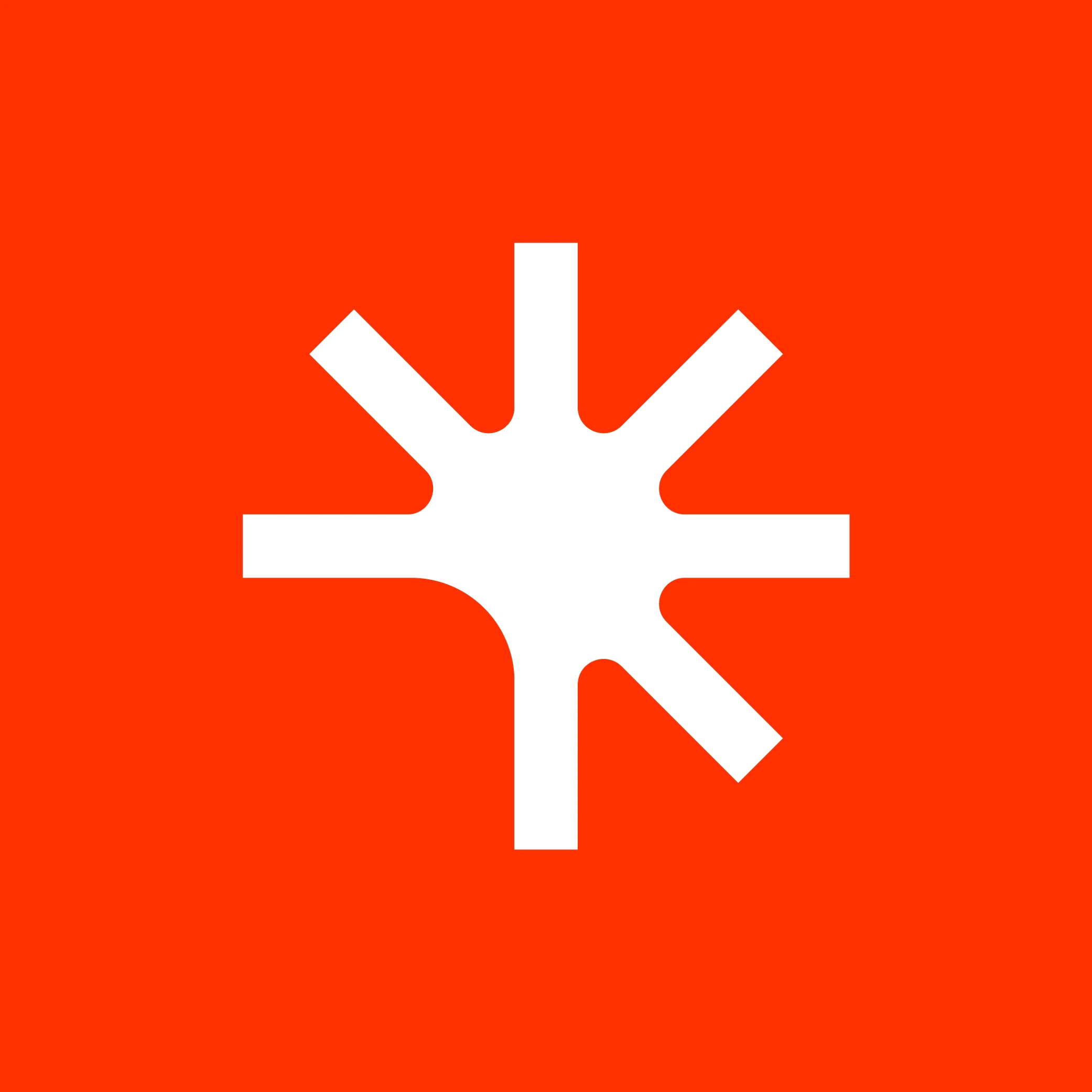The pitch sounds irresistible: place cloud-scale AI performance on your desk, eliminate monthly API fees, and keep your data private – all for $3,000. Startup Olares wants to make this reality with their newly announced Olares One, a compact 3.5-liter MiniPC packing what appears to be gaming laptop hardware repurposed for “personal AI cloud” workloads.
But can repackaged mobile components truly deliver “cloud-level” AI performance without the cloud’s elastic scaling and distributed infrastructure? The answer depends entirely on what you’re actually trying to run.
What Olares Actually Built
Olares One specs read like a gaming enthusiast’s dream: Intel Core Ultra 9 275HX with 24 cores, NVIDIA RTX 5090 Mobile GPU with 24GB GDDR7 VRAM, 96GB DDR5 memory, and 2TB PCIe 4.0 SSD – all crammed into a chassis smaller than most external drives. The company claims 2 PetaFLOPS of compute performance and positions the device as a turnkey solution for running advanced AI models locally.

The hardware choice reveals a deliberate compromise: the mobile RTX 5090, while powerful, operates at significantly lower power (175W GPU + 55W CPU) than desktop counterparts. Olares claims this enables “whisper-quiet operation” through vapor chamber cooling with dual fans, but it also means performance sits somewhere between desktop RTX 5070 and 5080 levels rather than matching a full desktop RTX 5090.
The TechPowerUp coverage notes the company is backed by $45 million in Series A funding and plans a December Kickstarter launch with CES 2026 showcase. Founder Peng Peng told reporters the goal is to “return control of AI to the individual” through hardware and open-source software called Olares OS.
The Performance Reality Check
When Olares claims “cloud-level performance”, they’re referring specifically to inference tasks that fit within their hardware constraints. Independent benchmarks reveal exactly what the RTX 5090 Mobile can handle.
According to Hardware Corner’s extensive testing, the desktop RTX 5090 achieves impressive numbers: 10,406 tokens/second prompt processing on Qwen3 8B models at 4K context, sustaining 145 tokens/second generation throughput even at 16K context lengths. The mobile variant should deliver similar performance per watt, though likely at slightly reduced clock speeds.

Where the 24GB VRAM becomes critical is handling larger models. The same testing showed the RTX 5090 could push Qwen3moe 30B models to 147,000 tokens out of its 262K maximum context entirely within VRAM – no system RAM swapping required. This eliminates the dramatic performance penalties that occur when models spill over into slower system memory.
Olares’ own benchmarks against competitors show the hardware delivering 157 tokens/second on Qwen3-30B-A3B-Instruct using vLLM, significantly outperforming Apple’s M3 Ultra (84 tokens/sec) and NVIDIA’s DGX Spark (76 tokens/sec) in this specific workload.
The Elephant in the Room: VRAM Limitations
The 24GB VRAM ceiling creates hard boundaries on what constitutes “cloud-level” performance. While impressive for local deployment, professional AI workloads often require significantly more memory.
As one developer testing similar configurations noted, “performance tanks once it touches system RAM.” The 96GB DDR5 acts as emergency overflow, but at speeds roughly 20x slower than GDDR7 VRAM. For models exceeding 30B parameters or requiring extensive context, this becomes a fundamental bottleneck.
Hardware experts point out that the mobile RTX 5090 “is basically a 3090 shrunk down with native fp4/fp8 support and very similar to a desktop 5070 with more VRAM.” This puts its raw computational power well below desktop flagship levels while maintaining competitive memory capacity.
Who Actually Needs This Hardware?
The debate around Olares One centers on its target market. At $2,999 (Kickstarter early bird) with a planned $3,999 MSRP, it occupies a strange middle ground between DIY builds and enterprise hardware.
For developers and researchers working with models under 30B parameters, the convenience could be compelling. Olares OS promises one-click deployment of 200+ AI applications through their marketplace, potentially lowering the barrier to local AI development.
For content creators needing stable diffusion or video generation, the hardware shows strong performance. Olares benchmarks demonstrate 15.51 second first-generation times for 1024×1024 images using Flux.1 dev – 5.7x faster than Apple’s M3 Ultra.
For enterprise users concerned with data privacy, the “personal cloud” concept offers legitimate appeal. Running sensitive models entirely offline eliminates compliance headaches and API costs.
However, as critics note, comparable performance can be achieved through DIY builds. A modded RTX 4090 with 48GB VRAM costs around $3,100, while AMD’s Strix Halo with 128GB unified memory starts at $2,199. The value proposition hinges entirely on Olares’ software integration and form factor.
The Kickstarter Conundrum
The decision to launch via Kickstarter raises legitimate concerns. Hardware crowdfunding campaigns frequently face delays, specification changes, or outright failures. Comments on technology forums reflect widespread skepticism: “community funded projects for hardware of this sort often face delays or the company never ships you any product and you’re effectively scammed.”
Olares claims their $45M Series A funding should mitigate these risks, but the crowdfunding approach still suggests they’re testing market demand before committing to full production.
Bottom Line: Niche Solution or Game Changer?
Olares One represents an interesting bet on the “local AI” trend. Its success depends on three factors:
- Software execution – Can Olares OS deliver the promised “one-click” experience for non-technical users?
- Performance validation – Do real-world workloads match the marketing claims of “cloud-level” performance?
- Market timing – Are enough users ready to spend $3K+ to escape cloud AI services?
The hardware itself is competent, if not revolutionary. The RTX 5090 Mobile delivers solid performance within thermal constraints, and 96GB system RAM provides generous headroom. But whether this combination justifies the premium over DIY alternatives remains the billion-dollar question.
As AI models continue growing in size and complexity, the definition of “local” will inevitably shift. Olares One might represent the high-water mark for truly personal AI computation before we’re all forced back to the cloud.

For now, Olares offers a glimpse into a future where AI computation happens where the data lives – on your desk, not in someone else’s data center. Whether that future arrives via specialized hardware or better cloud APIs remains to be seen, but the battle for the edge AI market has clearly begun.



